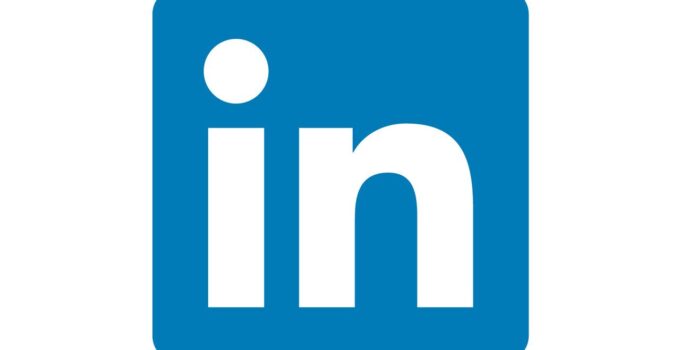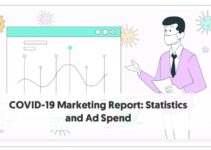The Internet is evolving every second. If you’re a business owner, it’s important to take full advantage of all available marketing channels. If people don’t see your content, they can’t connect with your brand and you may find it difficult to get new customers. One of the best ways to do this is by using PPC advertising.
In this article, we’re going to go through why LinkedIn’s PPC platform is such an important lead generation tool for B2B companies. If you need help setting up and optimising your Linkedin Lead Generation Ads Rockstar Marketing will be happy to help you.
Keep on reading for more…
Page Contents
What is PPC advertising?
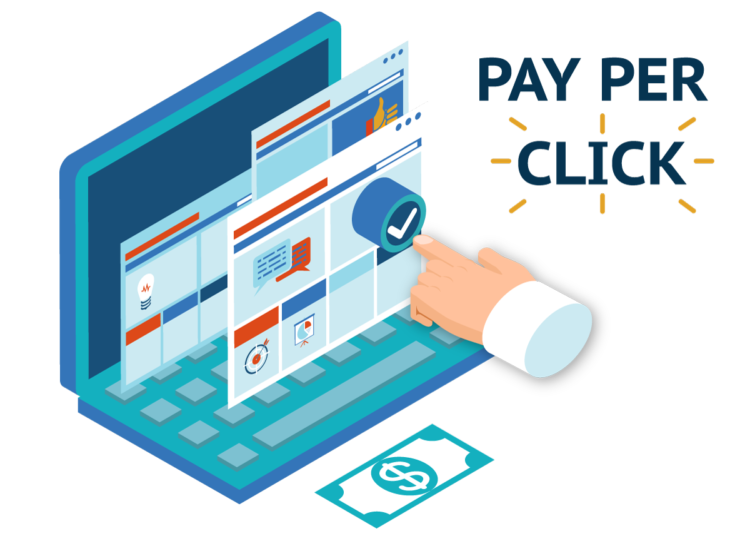
Source: itwebtechnique.com
PPC stands for pay-per-click advertising. It’s one of the most popular forms of online advertising. Ads are usually shown to users who are looking for something specific, such as a product or service.
You can pay per click, or pay per impression. The great thing about PPC is that you can test different Ads and different keywords to get a sense of what is working and what isn’t. And yes, LinkedIn has a PPC advertising platform that can help you skyrocket your conversions & lead generation if you’re a B2B company.
The term conversion means the process of a customer taking a desired action, like purchasing a product or signing up for your email list. It’s very important to track and measure the success of your advertising campaign and to make sure you’re getting the most bang for your buck.
The great potential of Linkedin
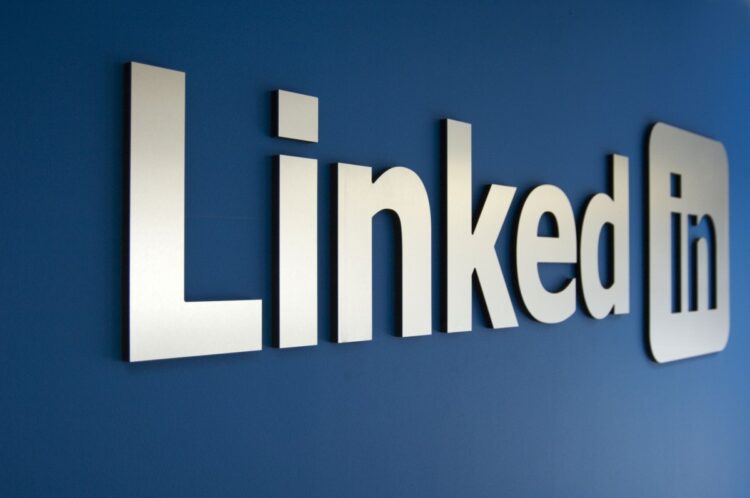
Source: krondesign.com
LinkedIn is the world’s largest professional network, with more than 400 million members in over 200 countries and territories. It’s also the most targeted social network with more than one million companies advertising on LinkedIn.
Linkedin is a great place to generate leads. It’s a professional network that has both consumer and business professionals, and it allows you to reach out to a wide variety of people in different industries.
The platform is one of, if not, the most important social media tool for B2B companies. If your business serves the B2B market, you can use LinkedIn to find decision-makers at different companies, or in different industries, and target them with PPC Ads.
On LinkedIn, you can target your ads based on keywords and connections. For example, if you’re a dentistry business and your target audience is professionals in the medical field, you can use LinkedIn’s search function to narrow down your audience to people who work in the medical field.
If you’re not using LinkedIn for generating leads for your business, you could be missing out on a huge opportunity. You can advertise directly to people based on your target demographic (see more below!) and you can also view the LinkedIn profiles of your potential leads and connect with them before you even try to sell them on your products or services.
There are many different types of objective types you can use on LinkedIn. For example, LinkedIn’s lead generation ads can be used. This keeps users on LinkedIn, rather than taking them to your website or landing page. These have proven to be one of the most cost-effective forms of PPC advertising on LinkedIn.
How to set up Linkedin ads?
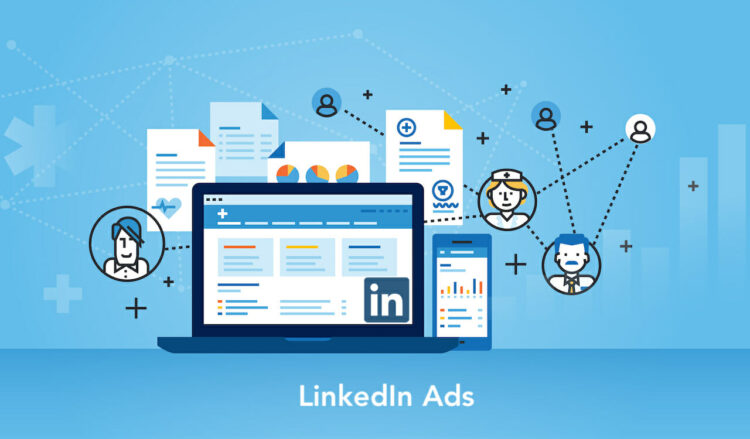
Source: singlegrain.com
LinkedIn Ads are a great way to reach your target audience with a specific job title in mind.
The whole point behind LinkedIn ads is that you want to reach a very specific audience with a very specific message. When you create an ad on LinkedIn, you’ll need to select your audience.
In most cases, people are already on LinkedIn to network and find their next job, so it’s a great platform to leverage if you want to reach professionals. If you run a business that relies heavily on hiring new people, then you should definitely consider using LinkedIn ads to reach out to professionals who are actively looking for work.
LinkedIn ads are kind of like Google ads. To set up your LinkedIn ad, you’ll need to sign up for an account and then create your first campaign. Once your campaign is set up, you can start to create your ad. LinkedIn ads are built in a similar way to Facebook or Instagram ads. You’ll have your images, headline, and body copy. The next step is to add a link to your website, a link to your company page, and a call-to-action.
LinkedIn offers a suite of powerful advertising tools, including Sponsored Content, InMail and Display Advertising.
You can also use LinkedIn ads as a research tool to see what people are talking about in your industry, who the influencers are, and what your competitors are doing.
How to generate leads with Linkedin Ads?
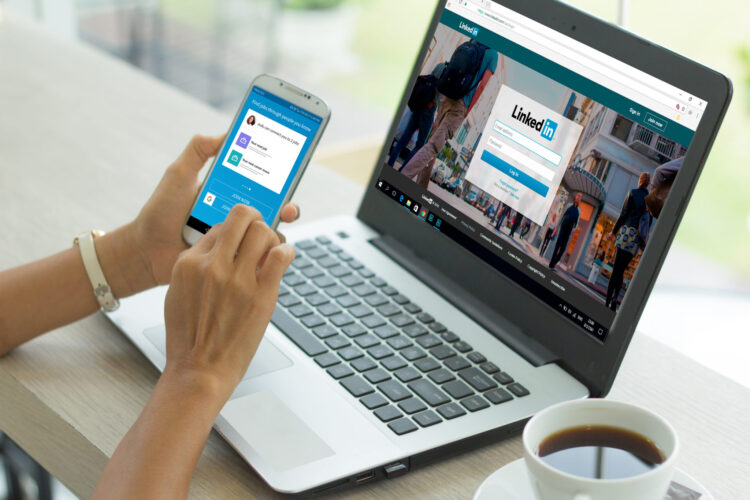
Source: hallaminternet.com
LinkedIn is highly targeted. There are myriad targeting options on LinkedIn, and you’ll want to be as specific as you can. You can target people by industry, location, company size, seniority level, job title, and more. This allows you to create highly targeted Ads that will only be shown to the people who are most likely to be interested in your product or service. You can use any of these targeting options to find decision-makers, influencers, and ultimately, potential leads.
It’s a platform where you can get extremely granular with your targeting. You can not only target people who work at specific companies, but also people who work at specific divisions of those companies, and even people who hold specific titles at those companies. The great thing about LinkedIn ads is that you can target very specific niches. So if you’re trying to reach people in a particular industry, you can target them by job title or seniority. For example, if you’re a career coach, you could target high-level executives in your industry.
In order to generate leads, there are many types of Ads that you can use. The most popular is LinkedIn Sponsored Content. With this feature, you create an Ad that appears in your followers’ feeds. Others include Direct Sponsored Content, Sponsored InMail, Text Ads, Dynamic Ads, and LinkedIn Audience Network. All of these can work, and the best one for your company depends on your goals, objectives, and budget.

